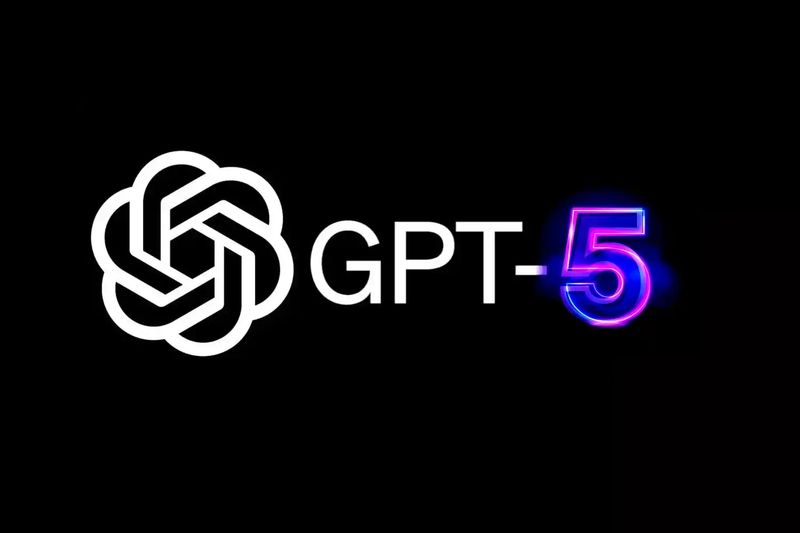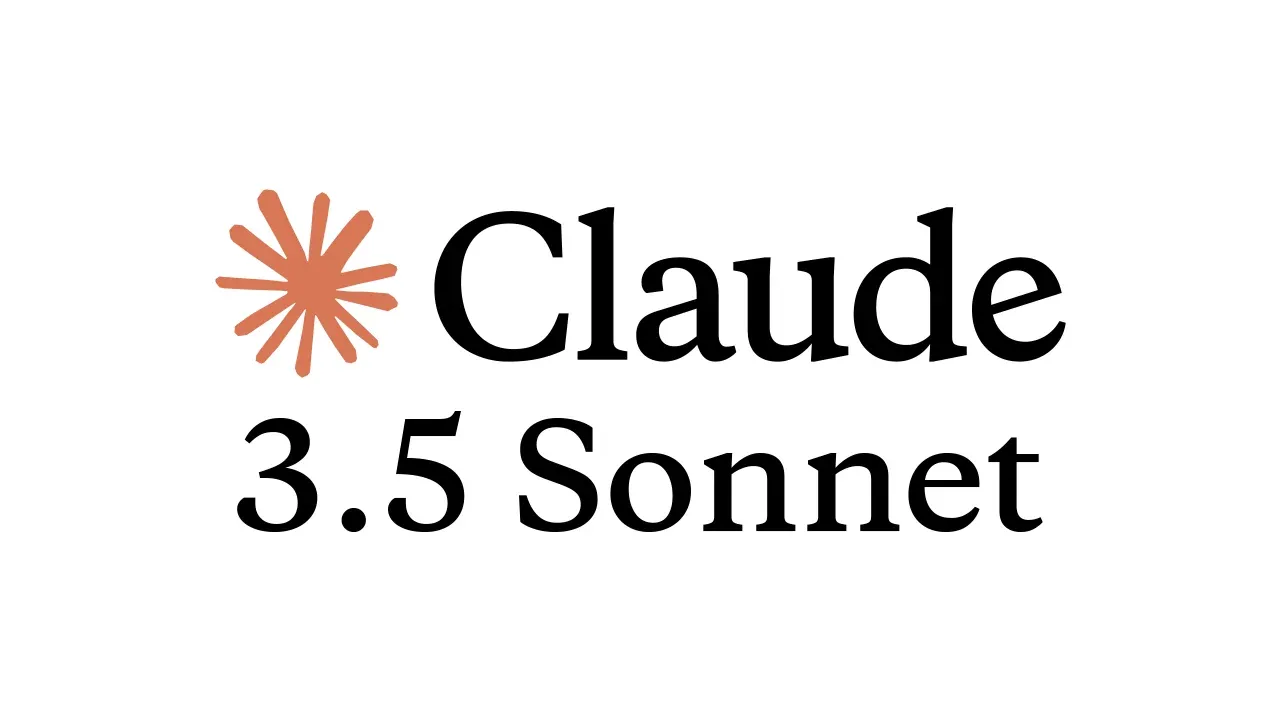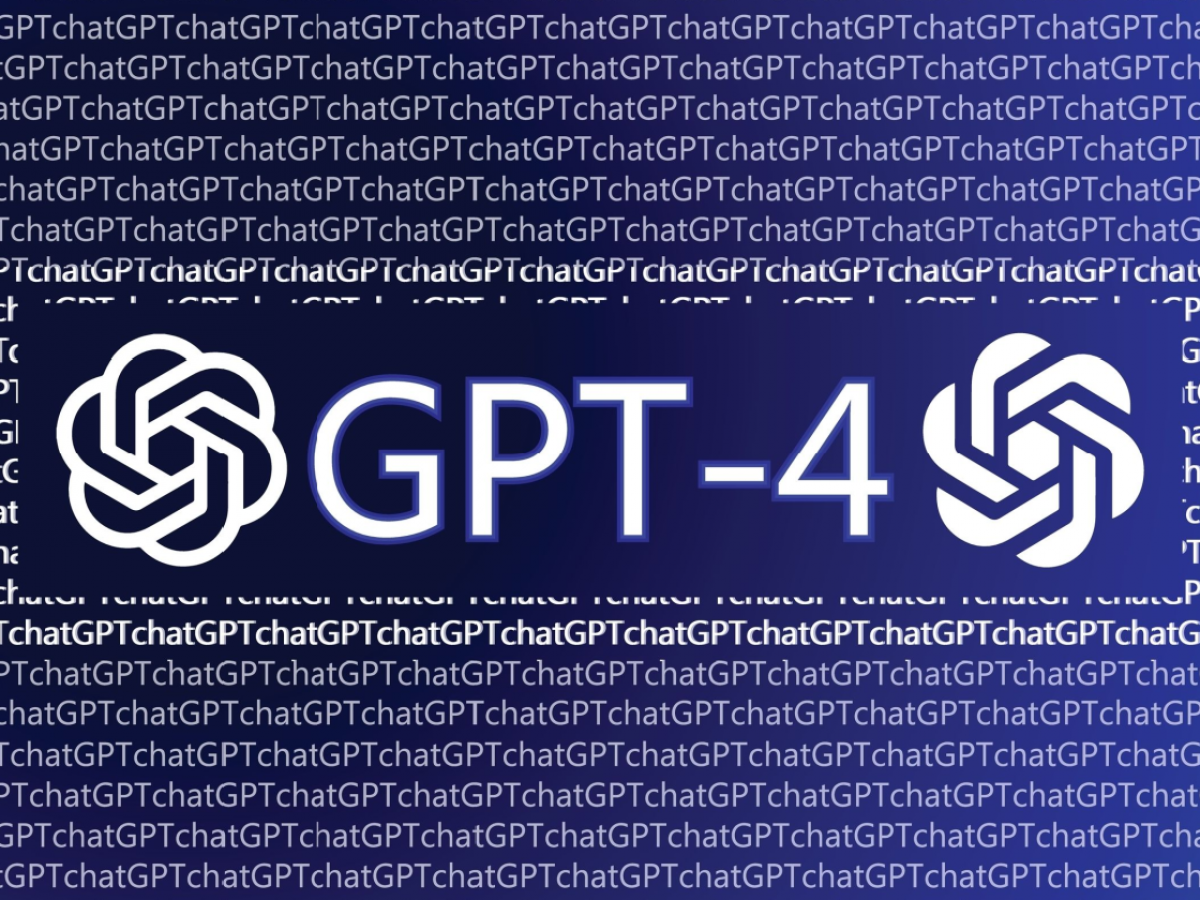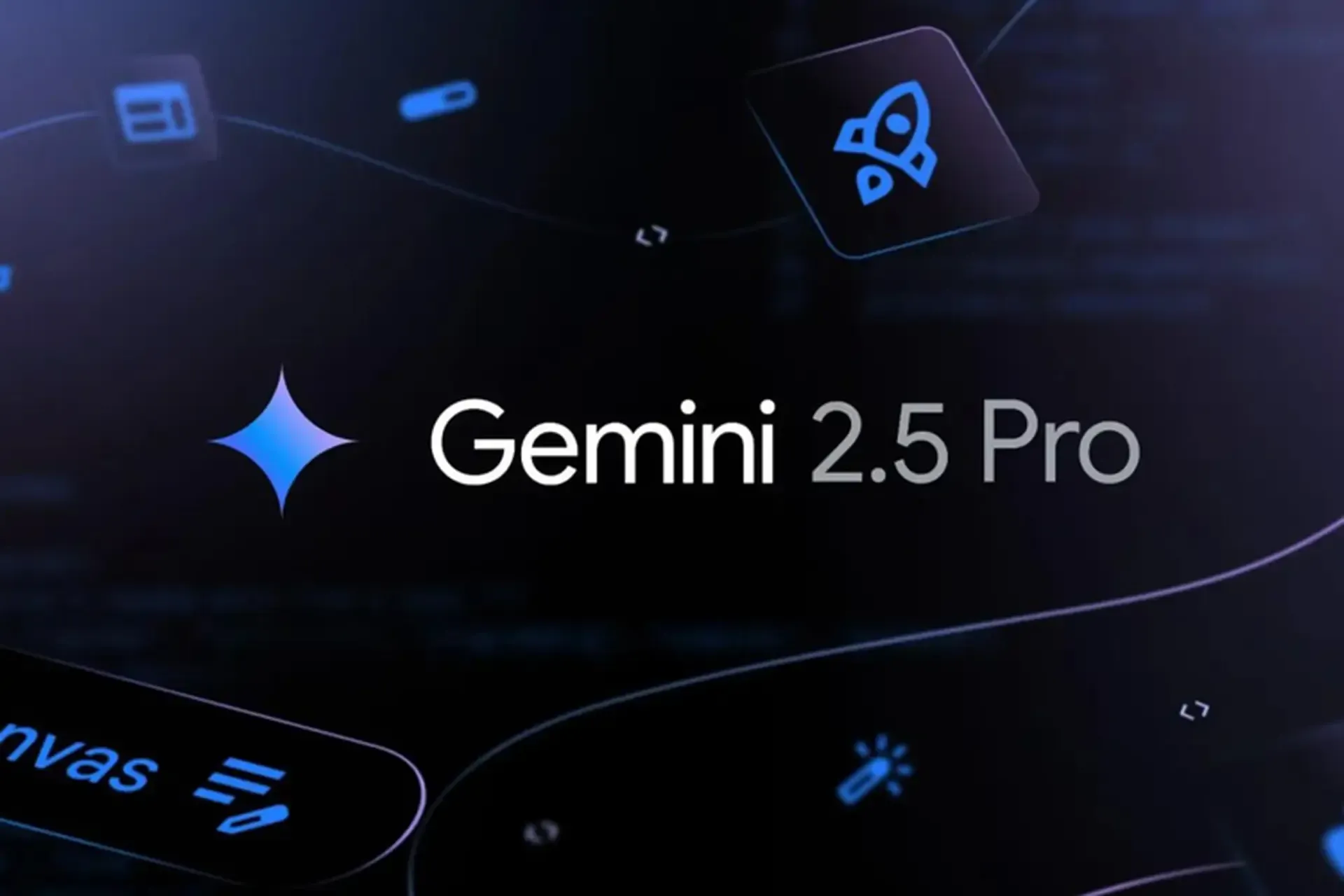2025’s Best AI for Blog Writing – Which Model Should You Use?

.png&w=3840&q=100)
If you're creating long-form content in 2025, the right AI model can significantly improve your writing workflow.
After testing GPT-5, GPT-4.0, GPT-o3, GPT-o4, Claude 3.5, and Gemini 2.5 Pro on the same blog prompt, here's what actually works best - and why.
At a Glance - Best LLMs for Blog Writing (August 2025)
Model | Best For | Modality | Platform | Free Plan | Output Score (1-10) |
GPT-5 | High-quality blog writing | Text | No | 9.5 | |
Claude 3.5 | Thoughtful, coherent content | Text | Yes | 9.0 | |
GPT-4.0 | General content generation | Text | Yes | 8.5 | |
Gemini 2.5 | Structured SEO writing | Text, Web | Yes | 8.0 | |
GPT-o4 | Developer-focused writing | Text + Code | No | 7.5 | |
GPT-o3 | Fast, lightweight content | Text | Yes | 6.5 |
GPT-5
The latest release from OpenAI, GPT-5 sets a new standard for long-form blog writing. In our tests, it handled complex, structured prompts with the best narrative flow and least need for editing.
Pros:
- Excellent logical structure and paragraph flow
- Natural tone adaptation based on prompt
- Handles transitions and long-form coherence well
Cons:
- Paid only via ChatGPT Plus
- Sometimes defaults to safe, vague language
If you're writing professional blogs that need to sound polished with minimal post-editing, GPT-5 is the one to beat.
Pricing: Available in ChatGPT Plus ($20/month)

Claude 3.5
Claude remains the most reliable model for logic and long-form thinking. Its calm tone, clarity, and ability to stay on topic make it ideal for professional blog content, guides, and reflective essays.
Pros:
- Clear, consistent structure
- Coherent in long responses
- Free to use and easy to access
Cons:
- Sometimes too conservative in tone
- Not as fast as GPT in response speed
Claude 3.5 is my top recommendation for writers who want thoughtful, well-structured content with little fluff.
Pricing: Free via Claude.ai

GPT-4.0
While no longer the flagship model, GPT-4.0 still performs well. It produces solid SEO-friendly drafts and handles general-purpose blog writing with ease.
Pros:
- Strong at formatting and outlining
- Readable tone for most topics
- Free and widely available
Cons:
- Can be repetitive on longer pieces
- Slightly outdated compared to GPT-5
GPT-4.0 is still a very capable option, especially if you're using ChatGPT's free tier or need general blog output.
Pricing: Free (ChatGPT) or included in Plus plan

Gemini 2.5 Pro
Gemini excels in SEO-structured writing. While it lacks some creative flexibility, it generates clear, formatted responses ideal for product roundups and comparison articles.
Pros:
- Fast and web-oriented
- Clean structure with good subheadings
- Seamless integration with Google tools
Cons:
- Often templated or rigid
- Lacks flexibility in tone and storytelling
If your main priority is generating fast, well-formatted, Google-ready content, Gemini is a strong choice.
Pricing: Free available via Gemini.google.com; Pro via Google One

GPT-o4
GPT-o4 is positioned between GPT-4.0 and 5.0 in quality, and is primarily available via API. It performs best on technical and developer content, making it useful for engineering blogs and API tutorials.
Pros:
- Handles code and dev topics well
- Structured responses with clarity
- Fast via API
Cons:
- Robotic tone if not carefully prompted
- No chat interface - API access only
A good pick if your blog content leans technical or is built into workflows via API.
Pricing: Pay-as-you-go via OpenAI API
GPT-o3
GPT-o3 is the lightest and fastest among the group, but also the least refined. It’s serviceable for quick drafts or ideation, but not recommended for polished blog content.
Pros:
- Quick output generation
- Fine for internal drafts or outlines
- Easy to integrate via API
Cons:
- Output quality is significantly lower
- Often lacks structure and focus
Use GPT-o3 when speed is more important than final quality.
Pricing: Free via many platforms and APIs
How I Tested These Models
I used the same blog prompt for all six models. The prompt was taken from our standard content library and evaluated each output on five criteria:
- Coherence and logical flow
- SEO-readiness (headings, formatting, scannability)
- Tone appropriateness for blogs
- Factual accuracy
- Time required for editing
Each model’s score is a combined average of those metrics on a 10-point scale.
Market Trends - AI Blog Writing in 2025
As of August 2025, the competitive landscape is shifting. GPT-5 is leading for narrative quality, while Claude 3.5 dominates in clarity and structure. Gemini is catching up with Google-native formatting, and open models are being quietly embedded into CMS systems.
Expect more integrated writing workflows, from Notion and Ghost to direct CMS generation with built-in LLMs.
Final Takeaway
Here’s the breakdown of what each model is best at:
- GPT-5 - Best overall for polished, publish-ready content
- Claude 3.5 - Best for long-form, logical blog writing
- Gemini 2.5 - Best for SEO-structured listicles and web-first content
- GPT-4.0 - Best free option for general blog drafts
- GPT-o4 - Best for dev-focused or technical writing
- GPT-o3 - Best for quick internal outlines or brainstorming
Blog writing is no longer one-size-fits-all. Test different models, track what works for your tone and audience, and don’t be afraid to mix and match.
FAQ - Best AI Tools for Blog Writing
Is GPT-5 worth the upgrade over GPT-4.0?
Yes - if you publish regularly, GPT-5 reduces editing time and improves flow.
Which AI model is best for SEO-focused content?
Gemini and GPT-4.0 both output well-formatted, scannable content with strong headings.
Can Claude 3.5 write longer blogs without losing focus?
Yes - it excels at long-form structure and logical progression.
What's the best free option today?
Claude 3.5 offers the most coherent free-tier output, followed by GPT-4.0.
Should I use different models for different types of blog content?
Yes - many teams use GPT-5 for storytelling, Claude for analysis, and Gemini for SEO content.

.png&w=3840&q=100)

-2.png&w=3840&q=100)
.png&w=3840&q=100)